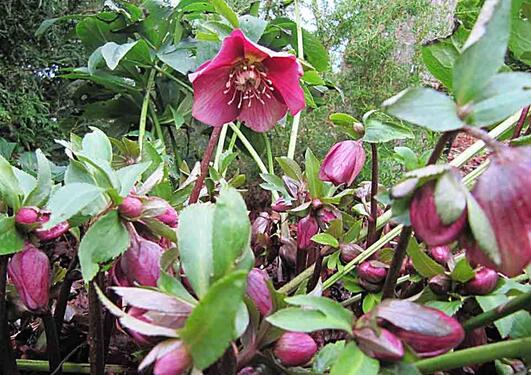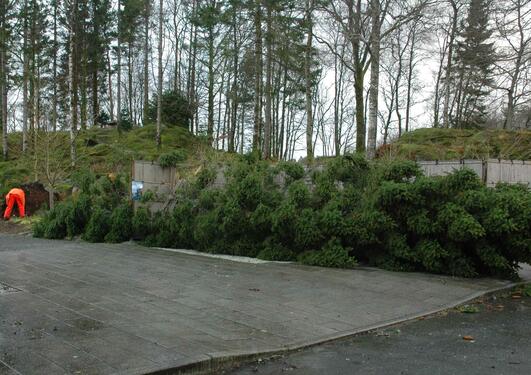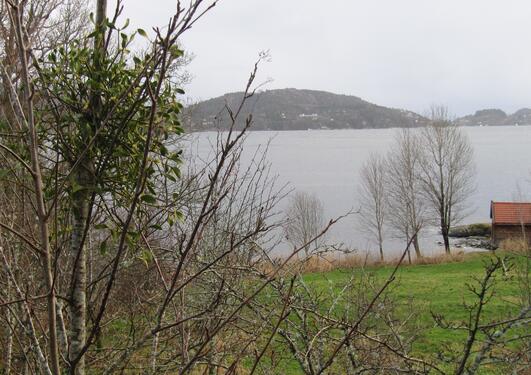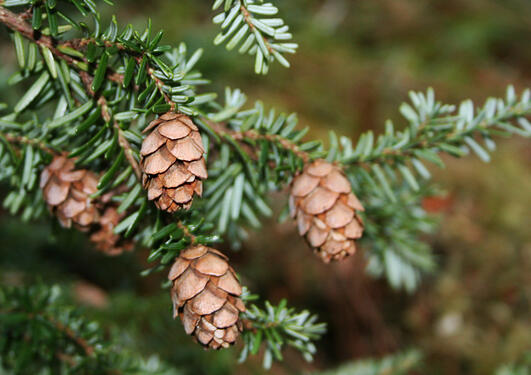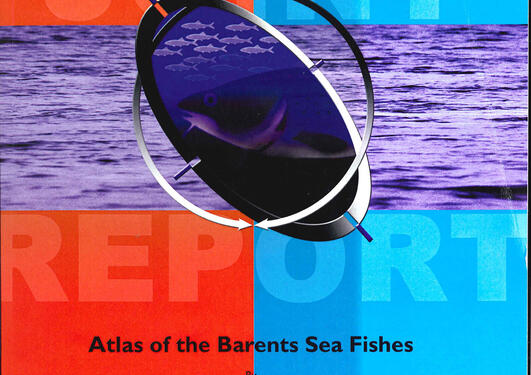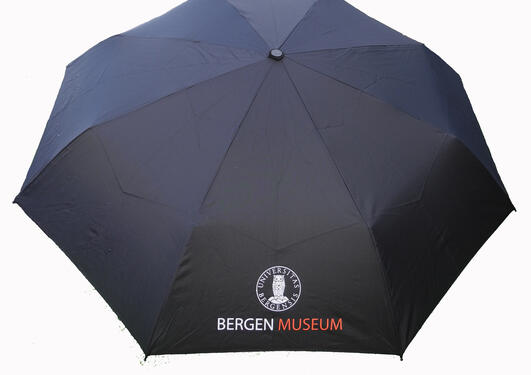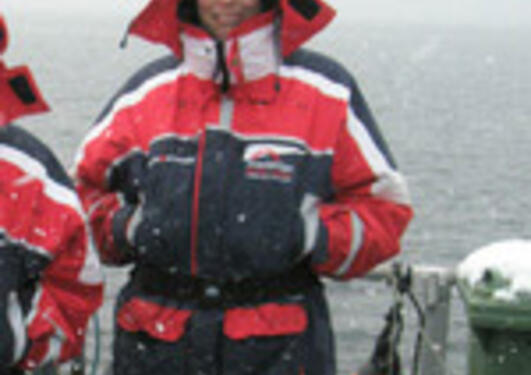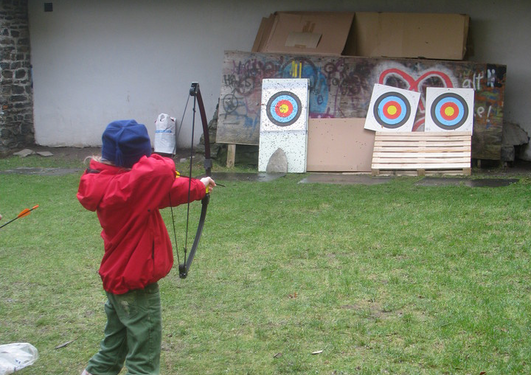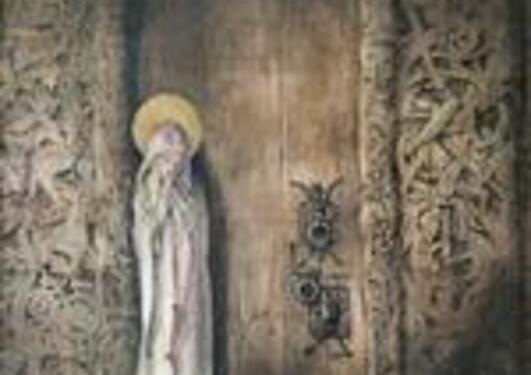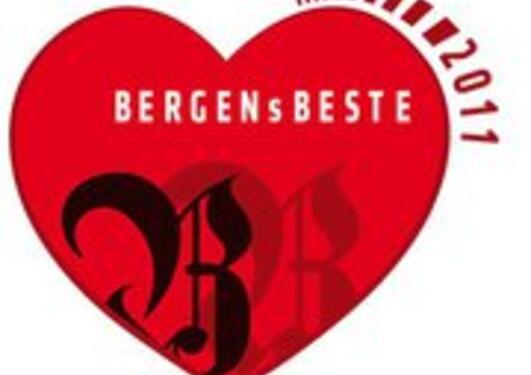News archive for University Museum of Bergen
The internationally-oriented research community at Bergens Museum in the 1880s gave him an opportunity to get in touch with international contacts within biology and zoology. The milieu at home and his contacts abroad inspired Nansen to produce specialist results.
It is almost unbelievable that the Christmas rose can grow and flower in the middle of the dark period of the year with just a few plus degree temperatures.
Over a short period of time at the end of the 1200s, 6-7000 animals were caught and butchered at Lake Finnsbergvann on the Hardangervidda mountain plateau. After about 50 years, the hunting came to an abrupt end. What type of hunting was this, what was the final destination of the products, who organised it and how did if affect the reindeer population?
In the days between Christmas and New Year’s Eve, the University Museum of Bergen is open every day, from Tuesday 27.12 to and included Friday 30.12. On Christmas Eve, Christmas Day, Boxing Day, New Year’s Eve and New Year’s Day the Museum is closed.
Ravaging winds have left traces behind at Milde over the last few days. Spruces have been knocked down and events have had to be cancelled.
The mistletoe is an exciting evergreen parasitic scrub associated with a lot of mysticism, traditions, and medicinal uses. Well hidden by the foliage of their host plants, four young mistletoe scrubs have been left alone for at least 6 years until they were discovered after the leaf fall this autumn.
The mistletoe is an exciting evergreen parasitic scrub associated with a lot of mysticism, traditions, and medicinal uses. Well hidden by the foliage of their host plants, four young mistletoe scrubs have been left alone for at least 6 years until they were discovered after the leaf fall this autumn.
New, smart mobile phones have now become extremely relevant as knowledge sources at the University Museum of Bergen. You can now get information about the objects and the topics in an exhibition direct to your mobile phone.
The Barents Sea diversity of fish species has now been mapped in a 274-page big fish atlas: Atlas of the Barents Sea Fishes.
The recently opened online shop of the University Museum of Bergen now offers shopping bags, umbrellas, mobile phone pouches, notepads, and book markers in our two museum shops at much discounted prices!
In the final round for applications, two projects at the University Museum of Bergen were granted support from the Norwegian Biodiversity Information Centre.
Become an archaeologist for one day. Learn more about life in the Stone Age and the Viking Age. Try being a hunter and forming a phalanx like a real Viking. Next Sunday, the University Museum of Bergen hosts Archaeology Day.
This autumn, The Middle Ages are truly at the centre of attention in Bergen. Wednesday 28 September starts the first lecture in a series connected to the exhibition Fragments of the past.
Many alpine plants demand gravel and talus soils where the vegetation cover is open. It is challenging, but essential to mimic their natural habitats if we want to make pioneer plants thrive in the Alpine Garden
Minister Tora Aasland handed over 10 million NOK to new infrastructure for the areas surrounding the Museum. Among other things, a greater connection between the new Aula and the Student Centre will be created.
How closely related are molluscs like clams, mussels, and squids, all from our second largest phylum? How did their shell, nervous system, body, and head develop?
Bergen museum, The Natural History Collections has been voted Best Museum in Bergen in a competition hosted by Bergens Tidende, the major regional newspaper in Western Norway.
Pages
- October 2025 (1)
- May 2025 (1)
- April 2025 (1)
- March 2025 (1)
- January 2025 (1)
- October 2024 (4)
- September 2024 (1)
- August 2024 (1)
- July 2024 (3)
- June 2024 (1)
- April 2024 (2)
- March 2024 (1)
- December 2023 (2)
- November 2023 (2)
- October 2023 (2)
- September 2023 (1)
- June 2023 (1)
- May 2023 (1)
- April 2023 (2)
- March 2023 (2)
- January 2023 (2)
- October 2022 (2)
- September 2022 (2)
- August 2022 (1)
- July 2022 (4)
- June 2022 (1)
- May 2022 (3)
- April 2022 (4)
- February 2022 (3)
- January 2022 (1)
- December 2021 (1)
- November 2021 (1)
- October 2021 (5)
- September 2021 (1)
- August 2021 (2)
- July 2021 (1)
- May 2021 (4)
- April 2021 (1)
- March 2021 (1)
- December 2020 (3)
- November 2020 (1)
- October 2020 (4)
- August 2020 (1)
- June 2020 (3)
- May 2020 (2)
- April 2020 (4)
- November 2019 (6)
- October 2019 (1)
- July 2019 (3)
- March 2019 (1)
- January 2019 (5)
- May 2018 (3)
- February 2018 (1)
- November 2017 (2)
- October 2017 (1)
- June 2017 (3)
- February 2017 (4)
- October 2016 (1)
- September 2016 (2)
- May 2016 (1)
- November 2015 (1)
- September 2015 (1)
- June 2015 (1)
- May 2015 (1)
- April 2015 (1)
- March 2015 (1)
- January 2015 (2)
- June 2014 (4)
- January 2014 (2)
- December 2013 (1)
- November 2013 (5)
- October 2013 (1)
- June 2013 (1)
- May 2013 (2)
- April 2013 (4)
- March 2013 (4)
- February 2013 (4)
- January 2013 (1)
- December 2012 (1)
- November 2012 (2)
- October 2012 (2)
- September 2012 (1)
- August 2012 (1)
- July 2012 (2)
- June 2012 (1)
- April 2012 (1)
- March 2012 (2)
- February 2012 (5)
- January 2012 (4)
- December 2011 (7)
- November 2011 (1)
- October 2011 (3)
- September 2011 (5)
- August 2011 (2)
- June 2011 (4)
- May 2011 (3)
- February 2011 (5)
- January 2011 (1)
- December 2010 (1)
- November 2010 (1)
- October 2010 (2)
- September 2010 (1)
- May 2010 (3)
- April 2010 (1)
- March 2010 (2)
- February 2010 (3)
- January 2010 (1)
- November 2009 (1)
- October 2009 (2)
- September 2009 (6)
- June 2009 (2)
- May 2009 (2)
- March 2009 (1)
- February 2009 (2)
- January 2009 (1)

